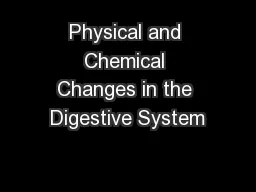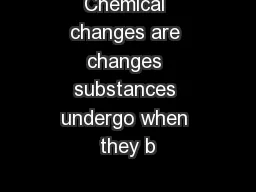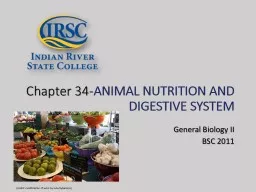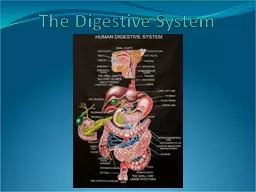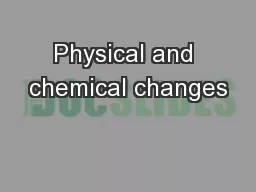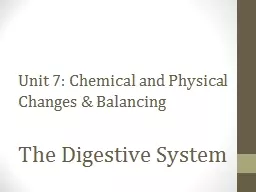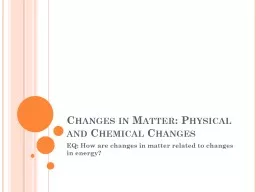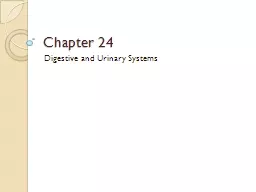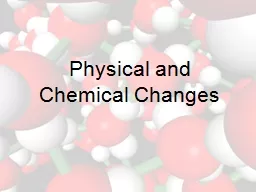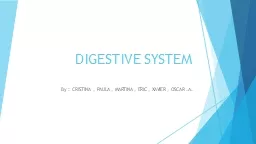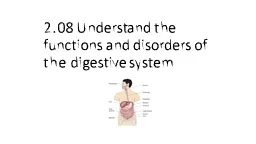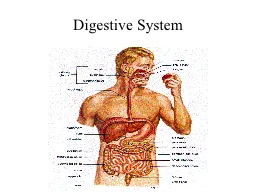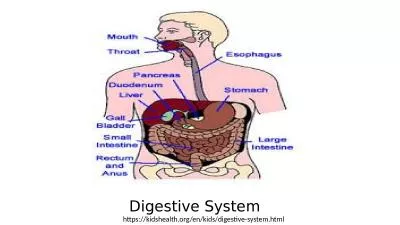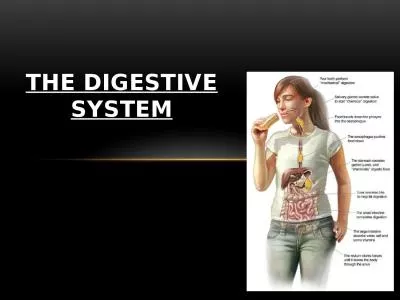PPT-Physical and Chemical Changes in the Digestive System
Author : trish-goza | Published Date : 2018-03-21
Reading to Learn Read the following passage and answer the questions that follow Terms to Know 1 Digestion is the process where food is broken down by the digestive
Presentation Embed Code
Download Presentation
Download Presentation The PPT/PDF document "Physical and Chemical Changes in the Dig..." is the property of its rightful owner. Permission is granted to download and print the materials on this website for personal, non-commercial use only, and to display it on your personal computer provided you do not modify the materials and that you retain all copyright notices contained in the materials. By downloading content from our website, you accept the terms of this agreement.
Physical and Chemical Changes in the Digestive System: Transcript
Download Rules Of Document
"Physical and Chemical Changes in the Digestive System"The content belongs to its owner. You may download and print it for personal use, without modification, and keep all copyright notices. By downloading, you agree to these terms.
Related Documents

